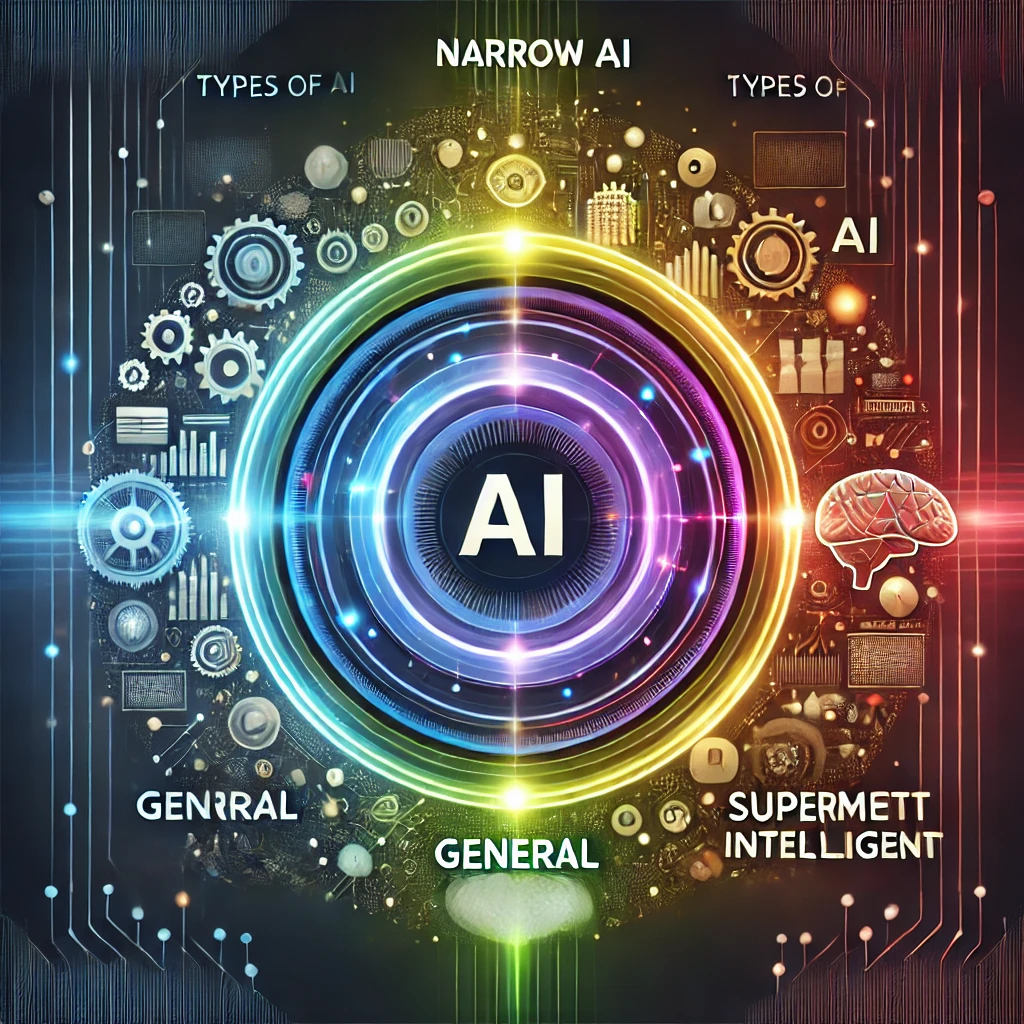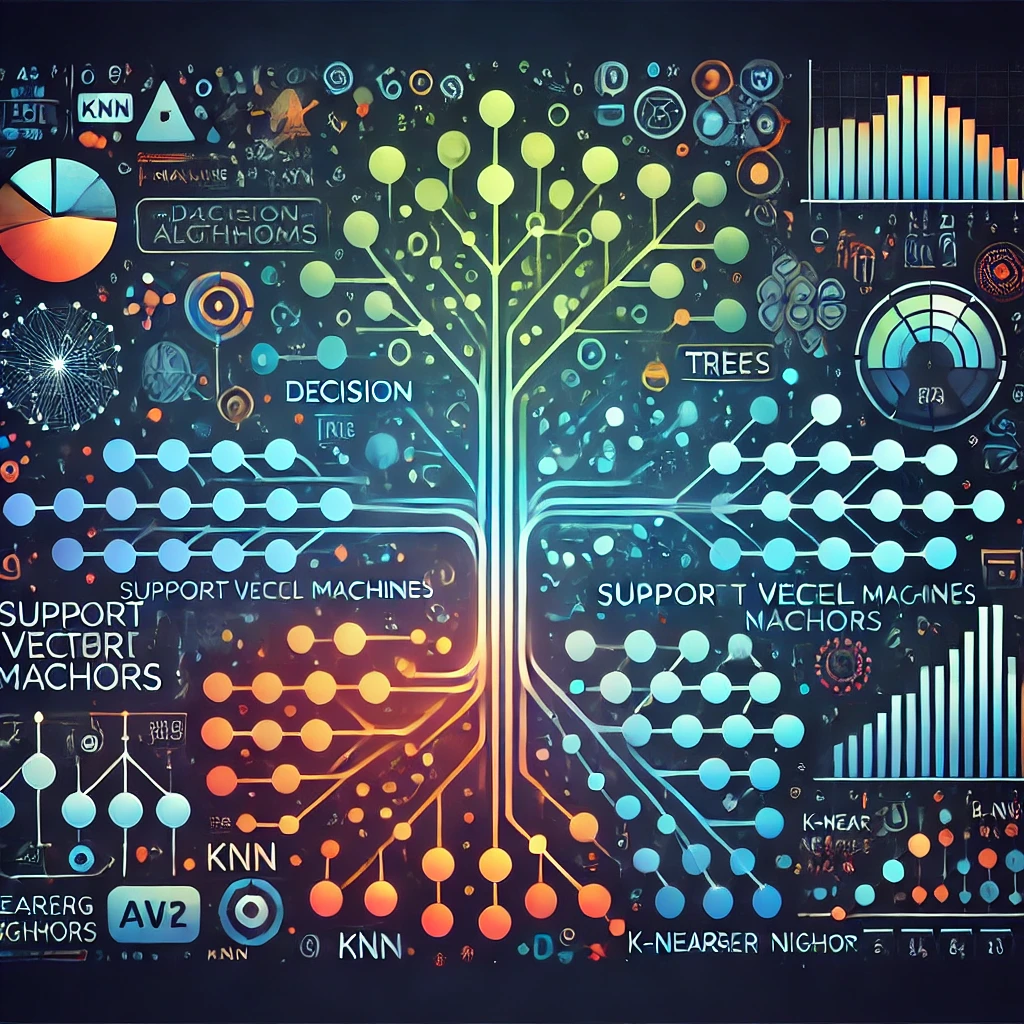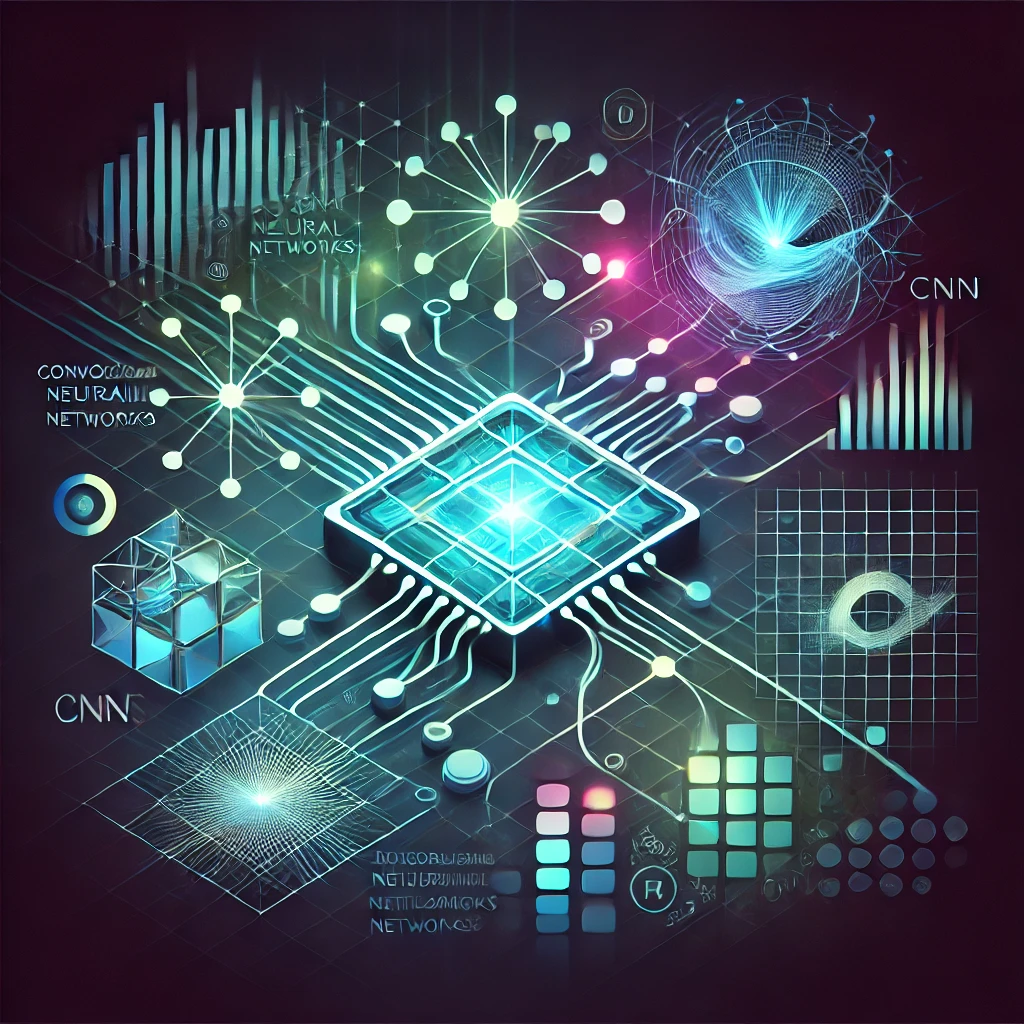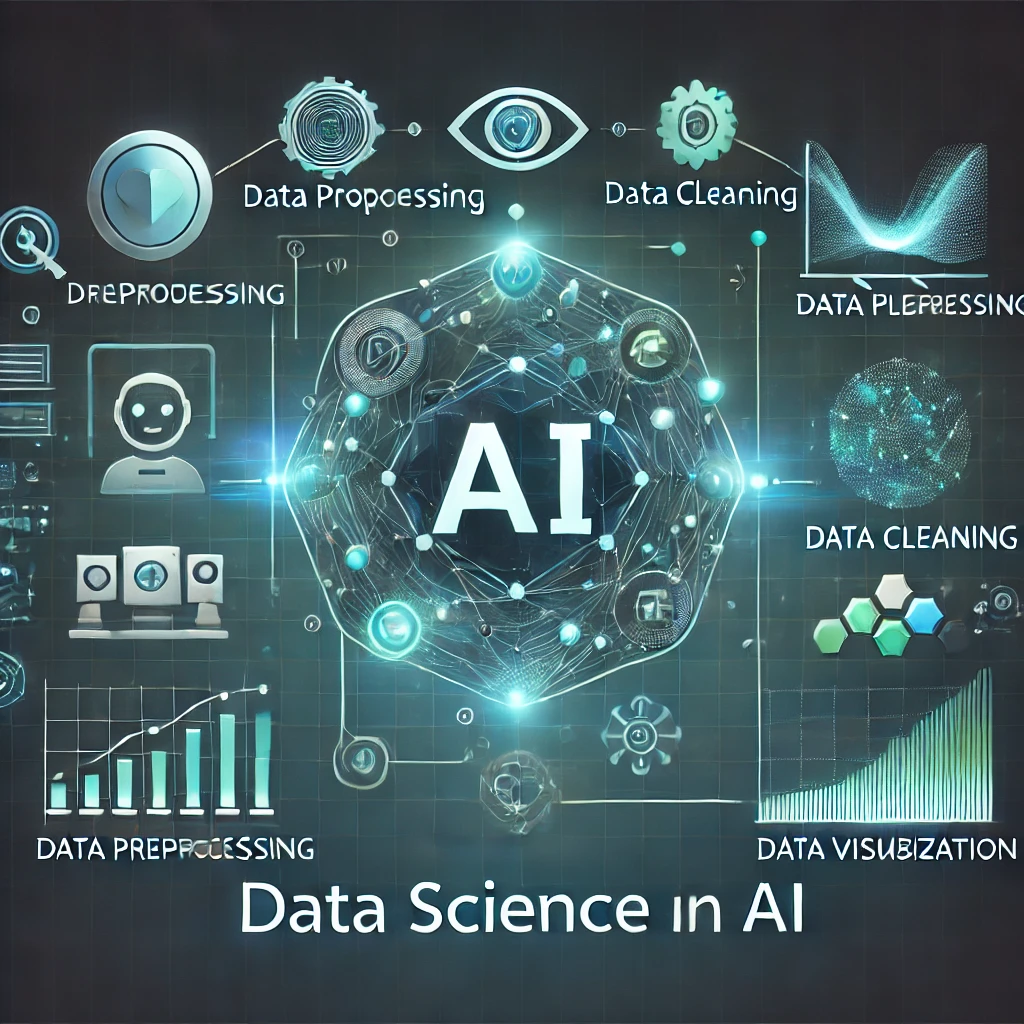Introduction to AI and Machine Learning: Understanding the Basics, Differences, and Overlaps Between AI, ML, and Deep Learning
Artificial Intelligence (AI) is one of the most transformative technologies of our time, and within it lies a complex hierarchy of concepts, including Machine Learning (ML) and Deep Learning. If you’re new to the field, these terms can be confusing, and understanding the distinctions and connections between them is crucial. In this post, we’ll break down the basics of AI, ML, and Deep Learning, explore how they differ, and look at how they work together to power some of today’s most impressive technologies.
What is Artificial Intelligence (AI)?
Artificial Intelligence is a broad field of computer science aimed at creating machines capable of performing tasks that typically require human intelligence. These tasks include learning, problem-solving, understanding language, recognizing patterns, and even making decisions. AI is the overarching umbrella term that encompasses both machine learning and deep learning.
Types of AI:
- Narrow AI: Also known as Weak AI, Narrow AI systems are designed to handle specific tasks. Examples include chatbots, recommendation engines, and image recognition systems. Most AI we see today is Narrow AI.
- General AI: Hypothetical and still out of reach, General AI refers to machines with intelligence comparable to human cognition. This would mean an AI system capable of any intellectual task a human can do.
- Superintelligent AI: A concept often found in science fiction, Superintelligent AI would surpass human intelligence and capabilities. It’s not yet a reality but remains a topic of debate among AI researchers.
What is Machine Learning (ML)?
Machine Learning is a subset of AI that focuses on enabling machines to learn from data and improve their performance over time without being explicitly programmed. Rather than following a rigid set of instructions, ML models identify patterns within data to make predictions or decisions.
Key Features of Machine Learning:
- Learning from Data: ML relies on large datasets to recognize patterns and make predictions.
- Self-improvement: With new data, machine learning algorithms can adjust and improve, making them adaptable and capable of “learning” over time.
- Applications in Multiple Fields: ML powers applications like spam filters, recommendation engines, voice assistants, and predictive text.
Types of Machine Learning:
- Supervised Learning: In supervised learning, the algorithm is trained on labeled data. For example, to recognize images of cats, the algorithm is fed thousands of labeled cat images.
- Unsupervised Learning: Here, the algorithm works with unlabeled data, identifying patterns and groupings within the data. Common applications include customer segmentation and anomaly detection.
- Reinforcement Learning: In reinforcement learning, an algorithm learns by interacting with its environment and receiving feedback in the form of rewards or penalties. It’s commonly used in gaming, robotics, and autonomous driving.
What is Deep Learning?
Deep Learning is a specialized subset of ML that uses neural networks with multiple layers, mimicking the structure of the human brain. Neural networks are composed of layers of nodes, or “neurons,” which process and transmit information through the network. Deep Learning models are highly effective at handling complex tasks like image and speech recognition, natural language processing, and self-driving cars.
Unique Aspects of Deep Learning:
- Complex Structures: Deep learning algorithms contain multiple layers (hence “deep”) which allow them to recognize intricate patterns.
- Large Data Requirements: Deep learning models need vast amounts of data to train effectively.
- High Computational Power: Due to their complexity, deep learning models require powerful hardware, such as GPUs, for training and execution.
Key Differences Between AI, ML, and Deep Learning
- Scope and Focus:
- AI: Encompasses all efforts to simulate human intelligence, from rule-based systems to advanced neural networks.
- ML: Focuses on algorithms that allow systems to learn from data. It’s a subset within AI, narrowing down to tasks that involve pattern recognition and prediction.
- Deep Learning: A further subset of ML, specifically using multi-layered neural networks to tackle complex problems. It’s at the cutting edge of AI and ML, enabling tasks that require sophisticated pattern recognition.
- Data and Computing Needs:
- AI: Can operate with basic algorithms and simpler datasets, though advanced AI applications also benefit from larger data and stronger computing power.
- ML: Requires structured data and depends on the quantity and quality of data to achieve accuracy.
- Deep Learning: Demands extensive data and computing resources due to the complexity of its neural networks.
- Use Cases:
- AI: Broad applications, from rule-based chatbots to complex, decision-making systems.
- ML: Commonly used in predictive analytics, customer segmentation, and recommendation systems.
- Deep Learning: Often applied in high-stakes fields like medical imaging, autonomous vehicles, and voice recognition due to its ability to understand highly complex data.
Where AI, ML, and Deep Learning Overlap
The overlap between AI, ML, and Deep Learning lies in their shared goal of making machines smarter and more autonomous. AI provides the overarching vision of intelligent machines; ML supplies the data-driven approach to make AI systems adaptive; and Deep Learning, with its neural networks, brings the power needed to solve some of the most challenging AI tasks.
Real-World Example: Image Recognition
Let’s break down how AI, ML, and Deep Learning can work together in image recognition:
- AI: The goal is to enable machines to “see” and understand images.
- ML: An ML model is trained on thousands of labeled images (e.g., “cat,” “dog,” “car”) to recognize objects.
- Deep Learning: Convolutional neural networks (CNNs), a type of deep learning model, are used for more detailed analysis, enabling the system to identify even minute details within images.
Why Understanding the Differences Matters
Knowing the distinctions between AI, ML, and Deep Learning helps clarify what each approach brings to the table. For businesses, this understanding can guide investments in the right technology, whether it’s simpler rule-based AI, predictive ML models, or advanced deep learning techniques.
Conclusion
AI, Machine Learning, and Deep Learning are closely related fields that continue to drive technological advancements in countless industries. While they overlap, each has its unique aspects, data requirements, and application areas. Whether you’re a learner, developer, or business owner, understanding the basics of AI and its branches can provide invaluable insights into how technology is shaping the future and how you can be part of this incredible journey.
Stay tuned for deeper explorations into each of these fields as AI continues to unlock new possibilities!




